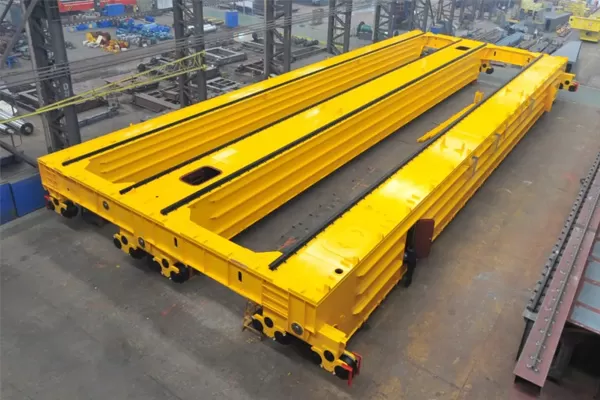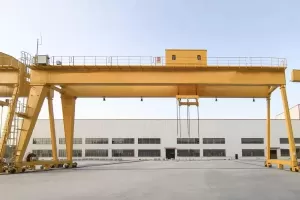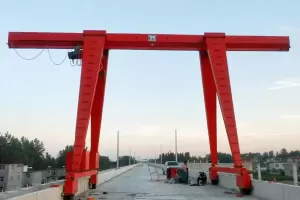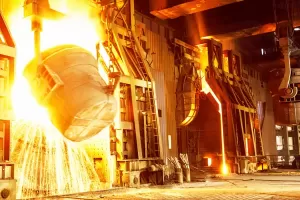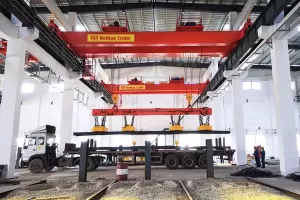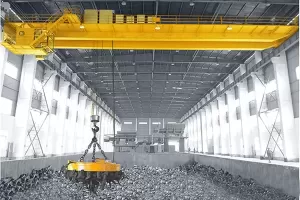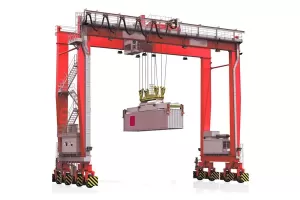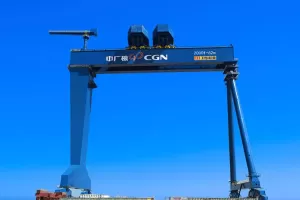If you search for bridge crane, you have probably realized that there are different types of cranes that fall under this category. From bridge gantry crane, overhead crane, free standing bridge crane, to crane bridges, the options are many. As a Google SEO expert, I understand that customers need to know the right type of crane to purchase based on their needs, budget, and location. In this blog post, I will guide American customers through the essential considerations to make when purchasing bridge crane, to help them make informed decisions.
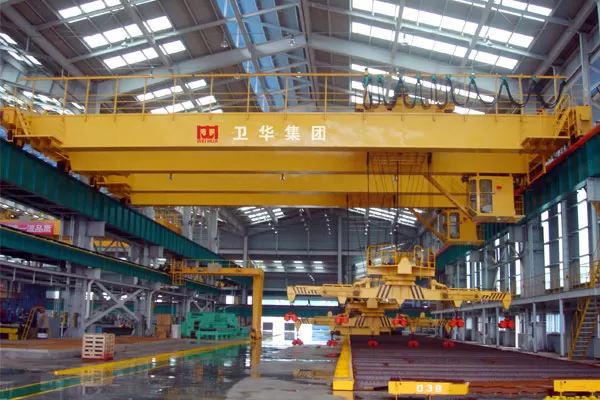
The Importance of Bridge Crane
Bridge crane is a crucial piece of equipment in many industries, including manufacturing, construction, mining, and logistics. It is designed to lift heavy loads vertically, horizontally, or both. The crane moves along a runway, often attached to a building or structure, using a trolley that runs along the bridge. Bridge crane offers efficiency, speed, and precision, making it a valuable asset for businesses that need to move products, materials, or equipment from one point to another.
Factors to Consider When Purchasing Bridge Crane
- Load Capacity: The load capacity of a bridge crane is the maximum weight that it can lift. It is essential to determine the weight of the heaviest load that the crane will be handling, and choose a crane with a capacity that exceeds that weight. Overloading a crane can lead to accidents, damage to property, and loss of life.
- Span: The span of a bridge crane is the distance between the runways on which the crane moves. It is crucial to choose a span that matches the distance between the points where the crane will be lifting and depositing the load. A wide span offers more flexibility and allow the crane to cover a larger area. However, it comes at a higher cost and may require more maintenance than a narrow span.
- Height: The height of a bridge crane is the vertical distance between the load and the runway. It is essential to choose a crane that can lift the load to the required height accurately. The height of the crane also affects the cost, as higher cranes require more materials and may need special engineering considerations.
- Environmental Factors: The environment in which the bridge crane will be operating plays a significant role in the selection process. For instance, cranes that operate outdoors may require extra protection from the weather, including rain, snow, and wind. Cranes that operate in corrosive environments may need to be made of specific materials to withstand the elements.
- Cost: Bridge crane cost can vary widely based on various factors, including capacity, span, height, and environment. Customers should select a crane that fits their budget but does not compromise on quality and functionality. It is essential to compare different suppliers and get quotes from each one to get a sense of the market value of the crane.
Conclusion
Bridge crane is a significant investment for any business, and it is essential to consider all the factors that affect its selection carefully. By assessing the load capacity, span, height, environmental factors, and cost, American customers can make informed decisions and choose the right bridge crane for their needs. At Bridge Crane Specialists, we offer a wide range of high-quality bridge crane solutions that meet the needs of different industries. Contact us today to learn more!

